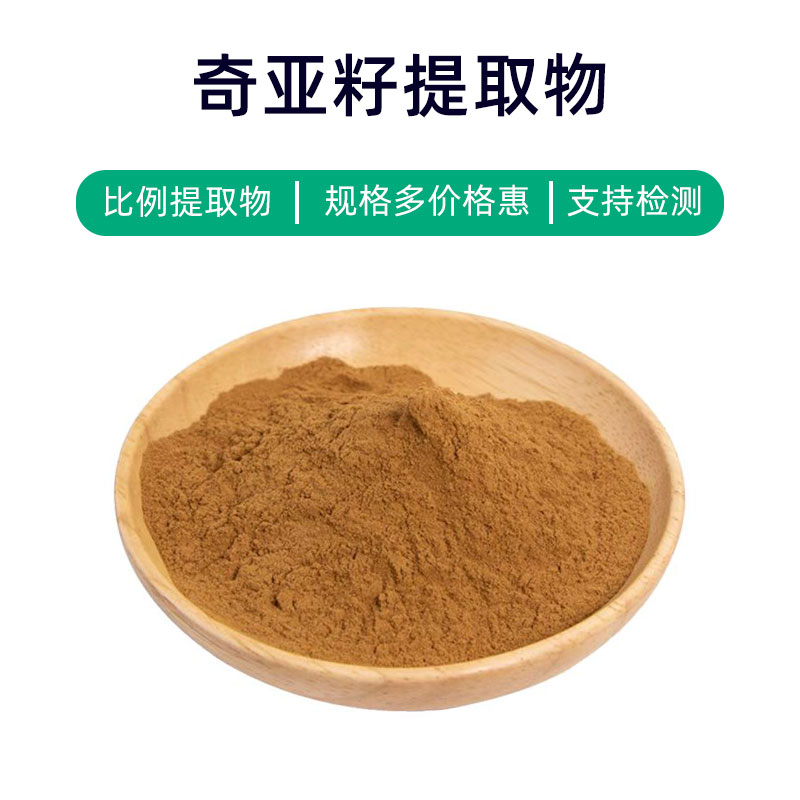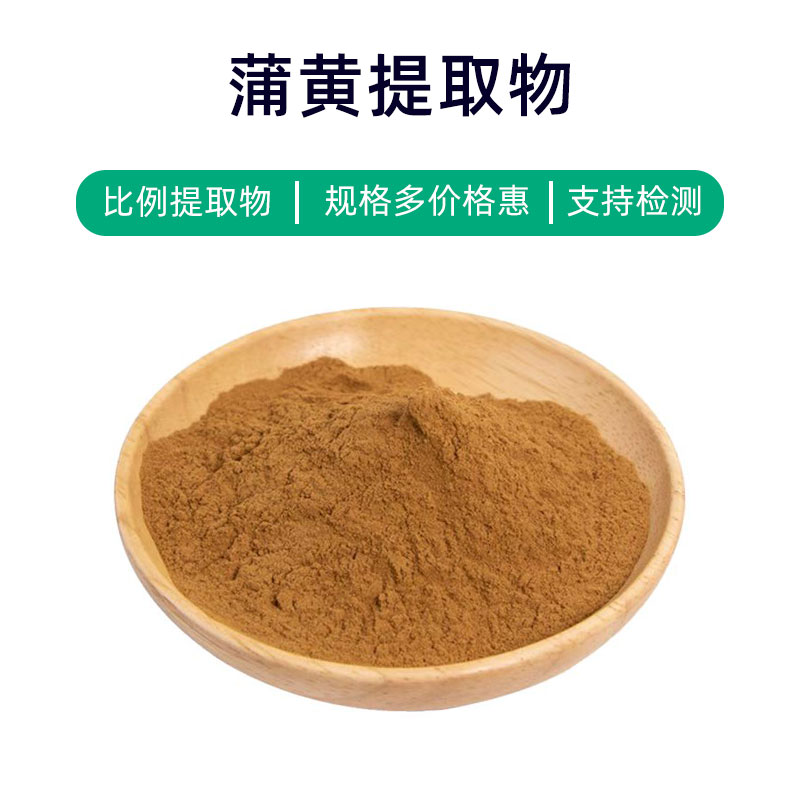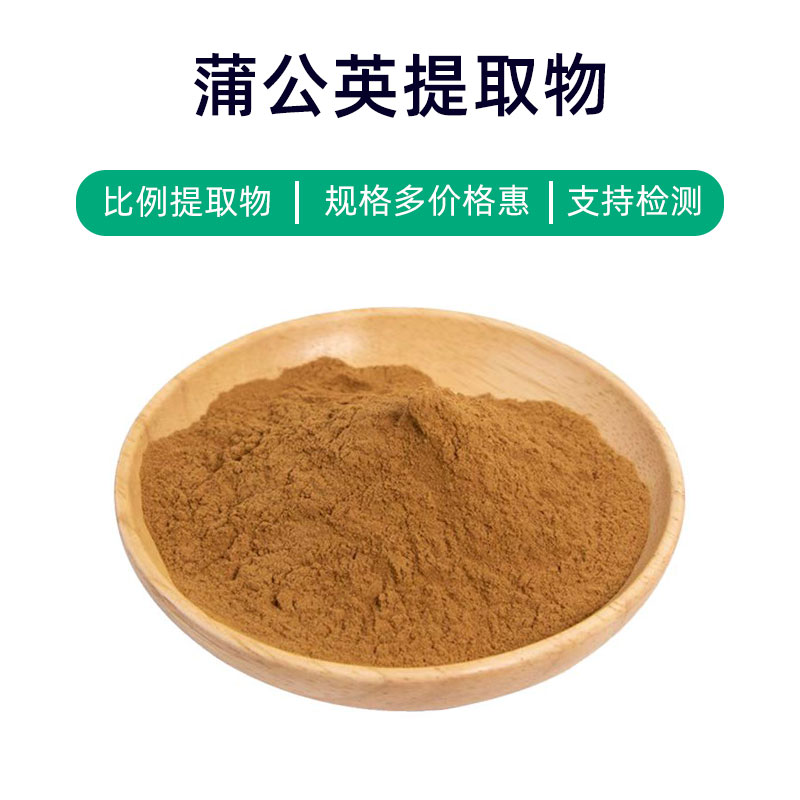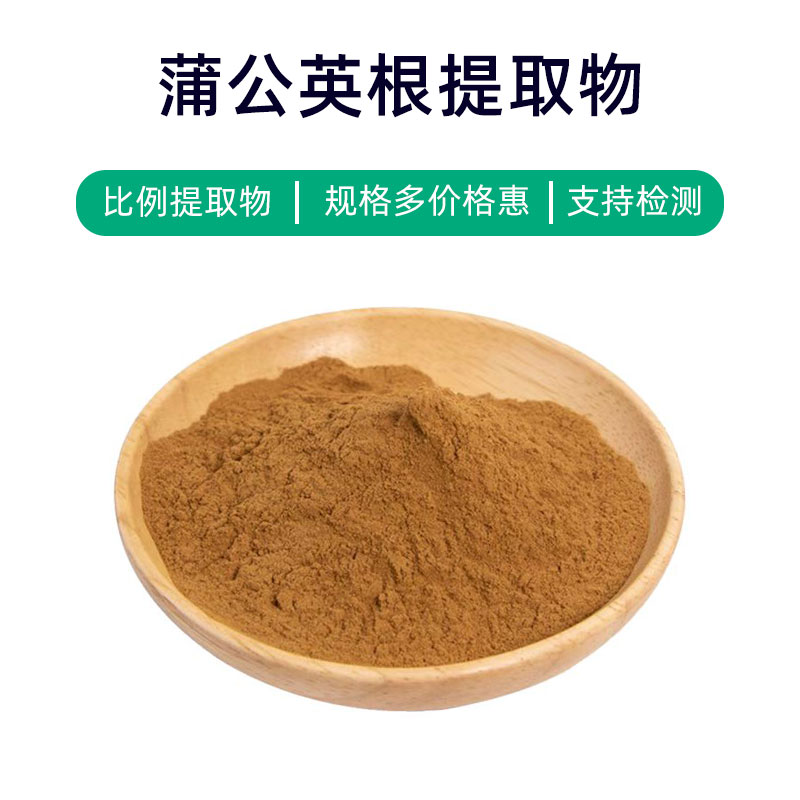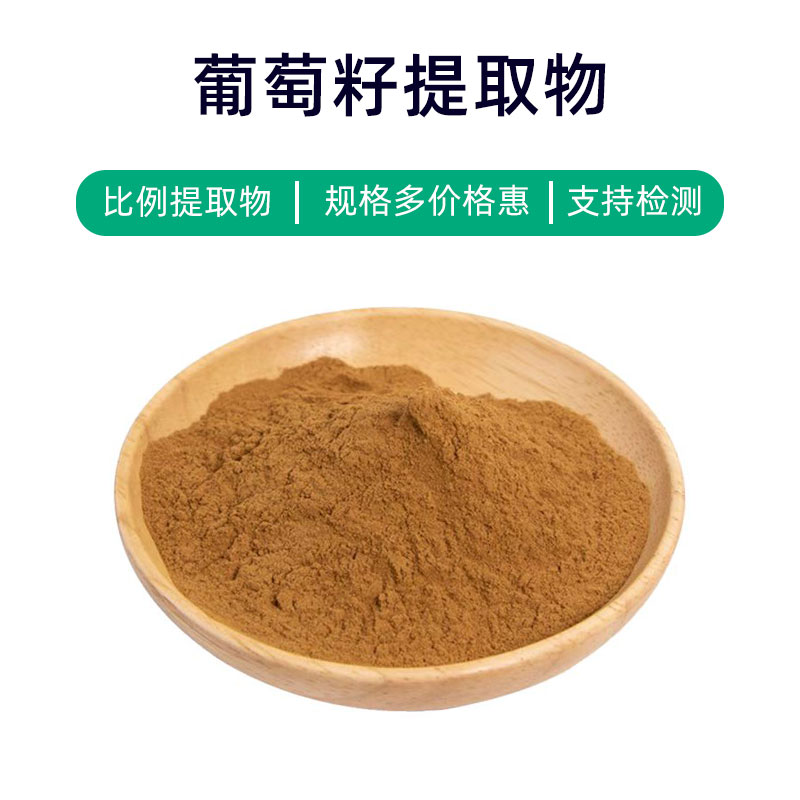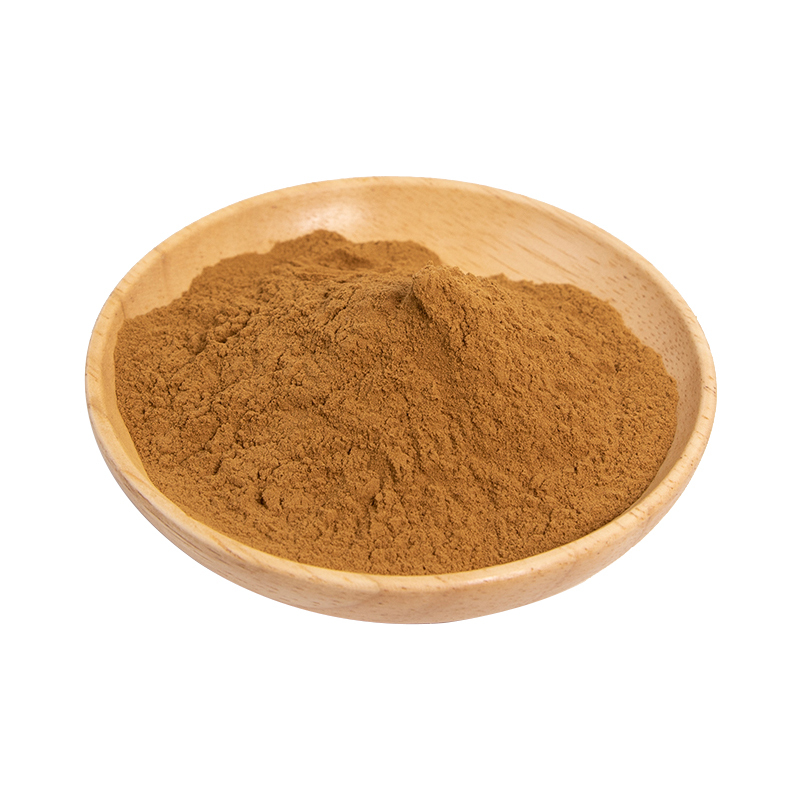Introduction to Fenugreek Extract
Fenugreek extract is a natural plant extract derived from the seeds of Fenugreek (Trigonella foenum-graecum), primarily consisting of flavonoids, saponins, proteins, polysaccharides, and vitamins. This extract is widely used in health supplements, pharmaceuticals, and the food industry.
Fenugreek extract has numerous benefits and applications. Firstly, it is believed to help regulate blood sugar and cholesterol levels, aiding in the control of glucose and lipid levels, and can provide supportive treatment for diabetes and hyperlipidemia. Secondly, it serves as an ingredient in dietary supplements to boost the immune system, helping to enhance immunity and prevent infections and diseases. Additionally, it is commonly used to promote digestive health, alleviating issues like indigestion, gastrointestinal discomfort, and heartburn often found in digestive health products.
In the food industry, fenugreek extract is often added to functional foods such as nutritional supplements, dietary aids, seasonings, and functional beverages to enhance their nutritional value and functionality. It is also prevalent in pharmaceutical preparations, commonly found in health products and herbal medicines, aimed at improving blood sugar, lipid levels, immunity, and digestion. Overall, fenugreek extract, as a natural plant extract, has a wide range of applications in health and pharmaceuticals.
Production Process of Fenugreek Extract
The production process of fenugreek extract typically involves the following key steps:
- Extraction: First, the fenugreek seeds are cleaned and crushed, then subjected to extraction using an appropriate solvent (e.g., ethanol, water, ethyl acetate). The extraction time and temperature are usually determined based on specific processes to ensure the active ingredients of the seeds are fully dissolved into the solvent.
- Filtration: After a specified extraction time, the extract is filtered to separate the liquid from solid residues. The solid remnants are usually discarded or repurposed, while the extraction liquid proceeds to the next step.
- Concentration: The extraction liquid is concentrated to achieve a higher concentration of the extract. Concentration methods may involve vacuum evaporation or reduced pressure distillation to remove the solvent and achieve the desired extract concentration.
- Precipitation and Separation: In some cases, precipitation and separation techniques are employed to achieve higher purity extracts. By controlling conditions like temperature and pH, target components in the extract precipitate, which are then separated from the solvent.
- Drying: Finally, the extract undergoes drying to remove residual moisture, resulting in a powdery or granular form of fenugreek extract. Common drying methods include spray drying and vacuum drying to ensure the quality and stability of the extract.
Above is the basic production process for fenugreek extract; specific processes may vary according to manufacturers, equipment, and processing parameters.
Effects and Side Effects of Fenugreek Extract
Fenugreek extract is a commonly used natural plant extract with various effects and benefits, including:
- Antioxidant Properties: Rich in natural antioxidants such as polyphenols and vitamins, fenugreek extract can neutralize free radicals and reduce oxidative stress on cells, helping maintain cellular health.
- Anti-inflammatory Effects: Active constituents in fenugreek have certain anti-inflammatory properties, inhibiting the release of inflammatory factors and alleviating inflammation, making it useful in the supportive treatment of conditions like arthritis and skin inflammation.
- Antibacterial and Antiviral Properties: Fenugreek extract contains components with antibacterial and antiviral activity, capable of inhibiting the growth of bacteria and viruses, thus being effective in preventing and treating infectious diseases.
- Regulation of Blood Sugar and Lipids: Research indicates that some components in fenugreek extract can regulate blood sugar and lipid levels, assisting in the prevention and control of metabolic diseases like diabetes and hypertension.
- Skin Benefits: Polyphenols and vitamins in fenugreek extract have moisturizing, anti-wrinkle, and whitening effects on the skin, promoting skin cell metabolism, improving skin texture, and delaying skin aging.
- Antiallergic Effects: Some constituents of fenugreek extract have antiallergic properties, reducing allergic reactions and alleviating symptoms of allergic diseases such as allergic rhinitis and skin allergies.
Although fenugreek extract offers various benefits, individual differences and dosage control should be considered during use to avoid potential adverse reactions like indigestion or allergies due to excessive use. It is recommended to use under the guidance of a healthcare professional, especially for pregnant women, children, and other special populations.
Application Scenarios and Dosage of Fenugreek Extract
Fenugreek extract has extensive applications in the medical, food, and cosmetics fields. Here are the primary applications and recommended dosages in each area:
- Medical Applications:
- Uses: Fenugreek extract is commonly included in traditional medicine formulations, possessing antioxidant, anti-inflammatory, and antibacterial properties, useful for treating inflammatory and infectious diseases.
- Dosage: Typical usages include oral and topical administration. For oral intake, a common recommendation is 5-10 grams per dose, 2-3 times daily; for topical application, apply as needed to the affected area multiple times a day.
- Food Applications:
- Uses: As a natural antioxidant and preservative, fenugreek extract is widely used in the food industry, suitable for health foods, beverages, and baked goods.
- Dosage: Generally, the usage in food is between 0.1% and 0.5%, adjusted according to specific food formulations and needs.
- Cosmetic Applications:
- Uses: With its rich array of natural active ingredients, fenugreek extract is suitable for facial skincare products and hair care products, providing moisturizing, antioxidant, and anti-inflammatory benefits.
- Dosage: Depending on the type and formulation of the product, fenugreek extract can be incorporated into skincare and hair care products at 1% to 5%, with specific amounts adjusted based on the formulation and desired effects.
Overall, fenugreek extract holds broad prospects and potential in the medical, food, and cosmetics industries; however, dosage adjustments should be made according to specific situations and product formulations to ensure safety and effectiveness.
Information about the Source Plant of Fenugreek, Its Distribution, and Growth Environment
Fenugreek (scientific name: Echinochloa crus-galli) is a common grass plant, also known as barnyard grass or cock's foot. Here is detailed information about the source plant, distribution, and growth environment:
- Source Plant Description:
- Fenugreek is a perennial herbaceous plant with an upright stem, reaching heights of up to 2 meters and is hollow. The leaves are long and narrow, typically 20-40 centimeters long and 0.5-1.5 centimeters wide, with coarsely serrated edges. Flower clusters appear as loose panicles, blooming during the summer and autumn seasons.
- The fruits of fenugreek are grain-like, often dark brown in color, containing many hard, short cylindrical seeds with tiny indents on the surface.
- Distribution:
- Originally native to the Eurasian continent, fenugreek is widely distributed across the globe, mainly thriving in temperate and tropical regions. Its growing range includes areas in Asia, Europe, Africa, Australia, and the Americas.
- As a weedy plant, fenugreek typically grows in fields, riverbanks, lakes, ponds, rice paddies, wetlands, and marshes, often found alongside waterways and irrigation canals.
- Growth Environment:
- Fenugreek has strong adaptability, thriving in various habitats. It prefers moist, fertile soil but can tolerate poorer soil conditions.
- Its growth environments usually include rice paddies, riverbanks, ponds, and lakes, requiring high moisture levels and often found around or submerged in water.
In summary, fenugreek is a common perennial herbaceous plant widely distributed in water and wetland environments around the world. It has strong adaptability, with relatively loose soil and moisture requirements, making it a common aquatic weed, while also possessing notable medicinal value.
Processing and Storage of Fenugreek Extract
The processing of fenugreek extract typically includes steps such as cleaning raw materials, grinding, extracting, concentrating, filtering, and drying. The cleaned fenugreek material is ground or chopped, then extracted using suitable solvents. After concentration and filtering, the extract is dried to produce the final product. During storage, it should be kept in a dry, cool, and ventilated area, protected from direct sunlight and high temperatures to ensure stability and quality.
Monica Sun is a seasoned expert in the plant extraction industry with over a decade of experience in research and production. She specializes in the extraction and purification of plant active ingredients, focusing on driving innovation in natural product applications. Monica has participated in the development of multiple functional plant extracts, delivering high-value natural raw material solutions for the health food, pharmaceutical, and dietary supplement sectors.









